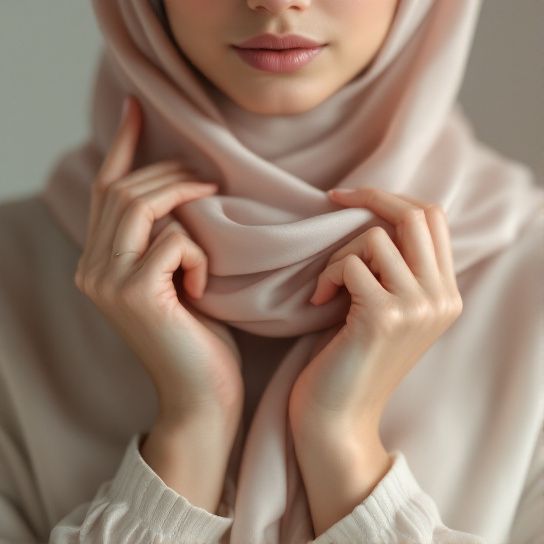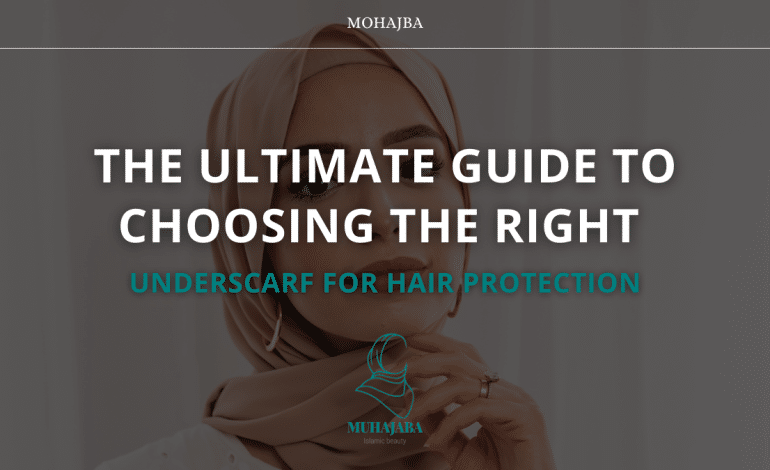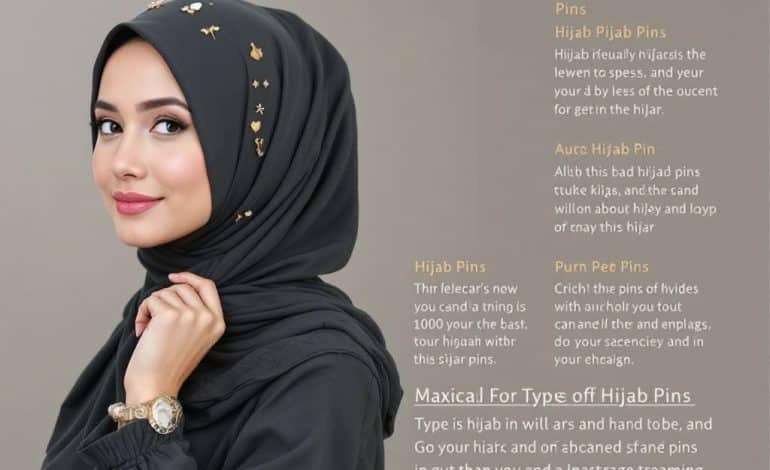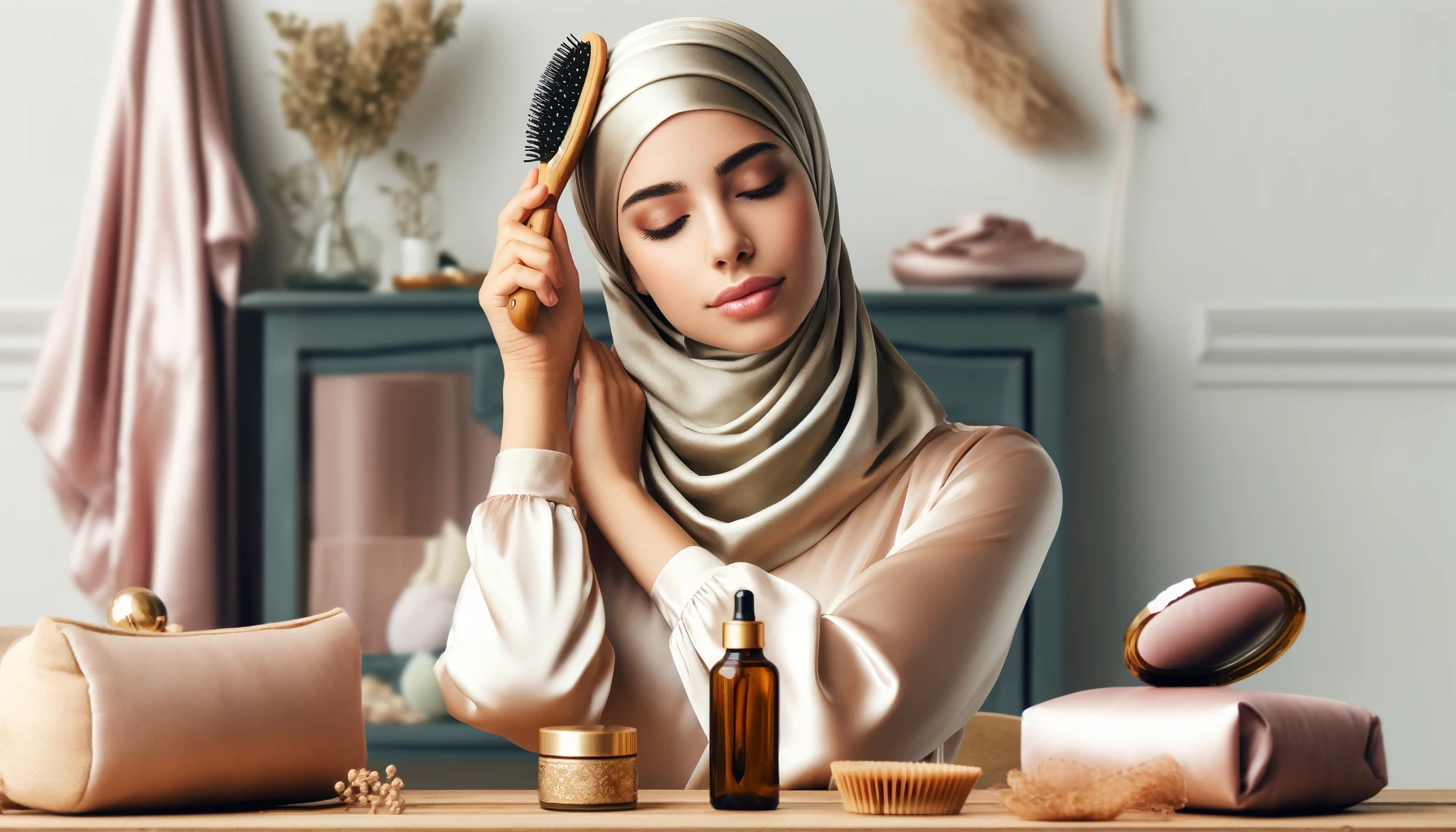What’s the Difference Between Silk and Satin Underscarves?

You’ve probably heard it a million times:
“Switch to silk or satin underscarves — they’re better for your hair.”
But… are they the same? And which one should you actually wear under your hijab?
Whether you’re dealing with breakage, frizz, dryness, or scalp irritation, your underscarf material plays a huge role in hair health.
Let’s break it down: silk vs. satin — what’s the real difference, and which one is best for hijabis?
🧵 Silk vs. Satin: Quick Overview
| Feature | Silk | Satin |
|---|---|---|
| Material | Natural fiber (from silkworms) | Weave (can be polyester, nylon, or silk) |
| Texture | Soft, breathable, luxurious | Smooth and shiny on one side |
| Cost | Expensive | Affordable |
| Hair Benefits | Excellent for moisture retention and reducing breakage | Similar benefits if it’s high quality |
| Durability | Delicate, requires handwashing | Easier to wash, more resistant to wear |
🧕 So… Which Underscarf Is Better for Hijabis?
🩷 Silk Underscarf
- Best for: Sensitive scalps, dry or curly hair
- Why it’s amazing: Natural, hypoallergenic, and ultra-breathable. It reduces friction, locks in moisture, and helps prevent hair breakage and frizz — especially important for hijabis who wear their scarves for long hours.
✅ Downside: It’s more expensive and delicate, so it needs special care.
🩶 Satin Underscarf
- Best for: Everyday use, tighter budgets
- Why it’s great: Satin gives you similar hair protection benefits as silk — smoother strands, less friction, and frizz prevention — but at a more affordable price. It’s often made from polyester, so it’s more durable and easier to maintain.
✅ Downside: May not be as breathable as silk, depending on the material.
💇♀️ Key Hair Benefits (Both Silk & Satin)
✔️ Reduces friction and frizz
✔️ Helps maintain curl pattern and blowouts
✔️ Prevents hairline breakage and thinning
✔️ Retains moisture better than cotton or polyester underscarves
✔️ Adds comfort and smoothness under any hijab fabric
🧴 How to Choose the Right One for You
- If you have curly, textured, or dry hair: Go for silk — especially overnight or for long wear days.
- If you want everyday protection + easy care: Satin is a solid, budget-friendly alternative.
- If you’re dealing with scalp sweat: Try silk or bamboo-lined underscarves for better breathability.
💡 Pro tip: Always pair your silk or satin underscarf with a loose hairstyle to avoid traction and tension on your strands.
❓ Frequently Asked Questions
Q1: Can satin underscarves really protect my hair like silk?
A: Yes — high-quality satin offers very similar benefits in terms of reducing friction and preventing dryness. It’s a great alternative if you’re on a budget.
Q2: How can I tell if my underscarf is real silk?
A: Real silk feels soft, matte (not overly shiny), and warm to the touch. You can also try the “burn test” on a tiny thread — silk smells like burnt hair, polyester smells like plastic.
Q3: Can I wear satin underscarves in the summer?
A: Yes, but look for lightweight, breathable versions — or wear them under cotton scarves. Silk is naturally more breathable but more delicate in heat.
✨ Final Thoughts
Both silk and satin underscarves offer huge benefits for hijabi hair care — from reducing breakage to protecting your scalp and strands. The best choice depends on your hair needs, budget, and lifestyle.
Whatever you choose, upgrading from cotton or polyester to silk or satin is a small change that makes a big difference in your hair’s health — especially when it’s covered every day.






